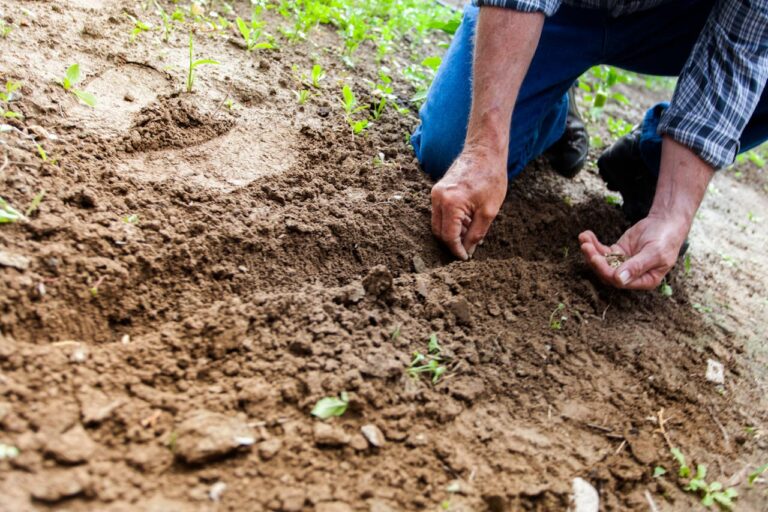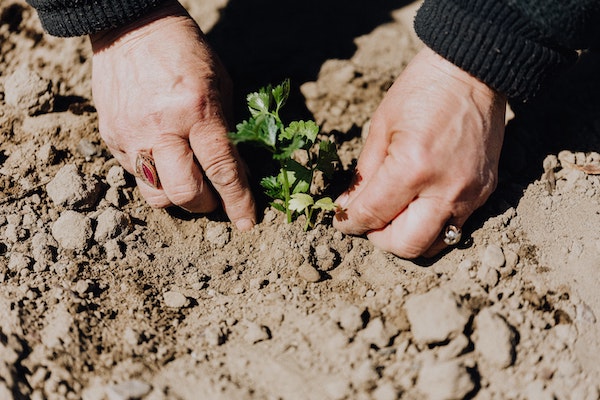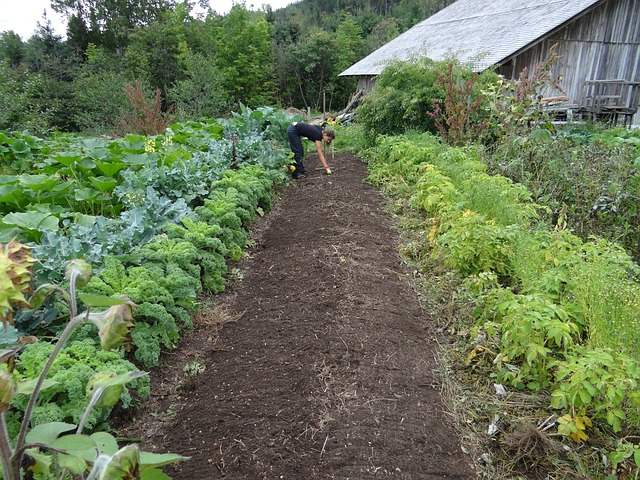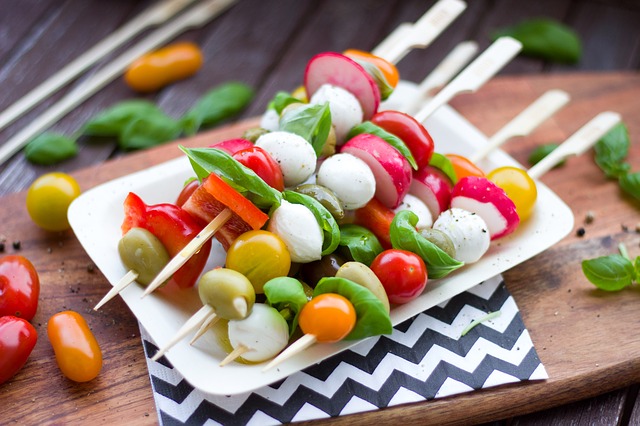Gardening isn’t just for the young – it’s a fun activity that can work for everyone, regardless of age. For those of us who’ve seen a few more seasons, bending down to tend to our floral friends might not be as easy as it used to be. Fear not! We’ve dug up 11 gardening projects…
Garden
5 Reasons to Start a Garden This Spring
Normally, I don’t need to think of reasons to start a garden. I’m intrinsically motivated to start anew each spring. In the dead of winter, I usually get incredibly excited about the prospect of gardening in March. As soon as the seed catalogs arrive, I start to plan. I dream about the new varieties…
7 Garden Inspection Tasks for Thriving Plants
Why do I bother walking through my garden multiple times a day? Let’s talk about my top garden inspection tasks. We’re in the midst of a heatwave in my neck of the woods and the garden is loving it. The heat-sensitive plants have all bolted and been pulled in favor of heat-loving edibles. I make…
Cooking on the Cheap: Snacking from Your Garden
Believe it or not, for me, one of the toughest parts about gardening is figuring out how to utilize the harvest. Often, I find myself sharing the abundance with others because I can’t handle it all. When the determinate tomatoes set their fruit all at once, I’m overwhelmed by what to do with them all….



